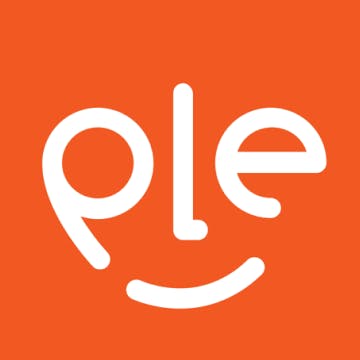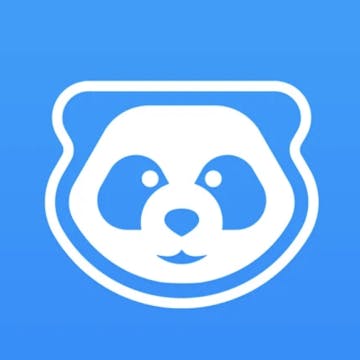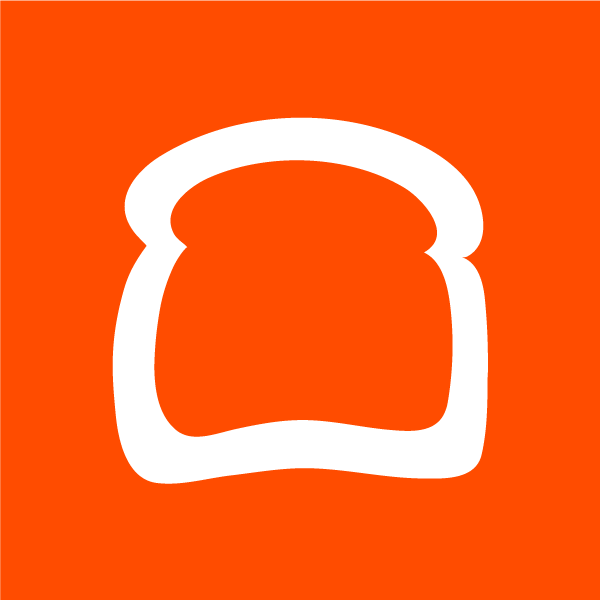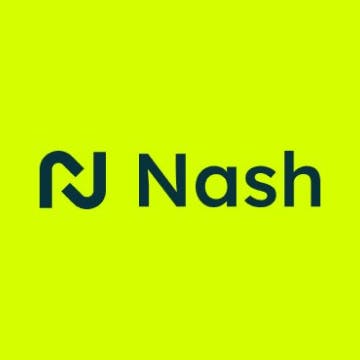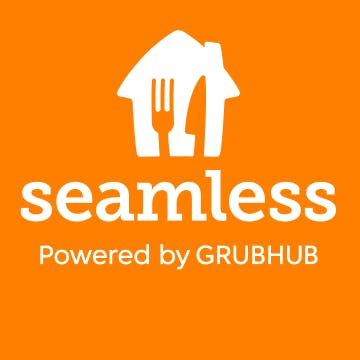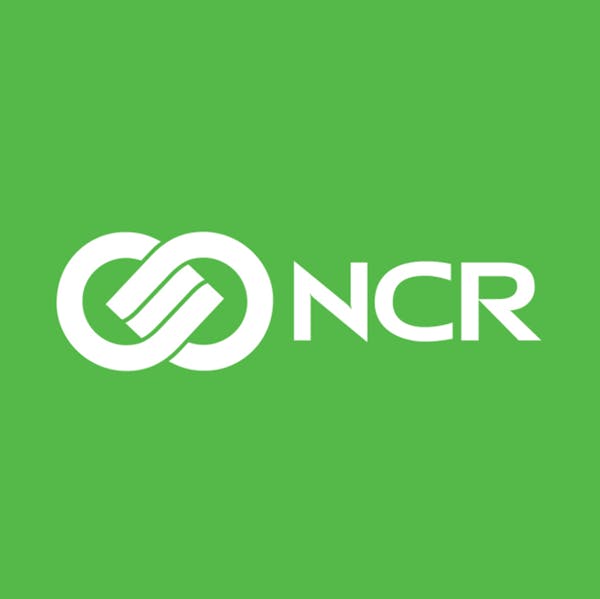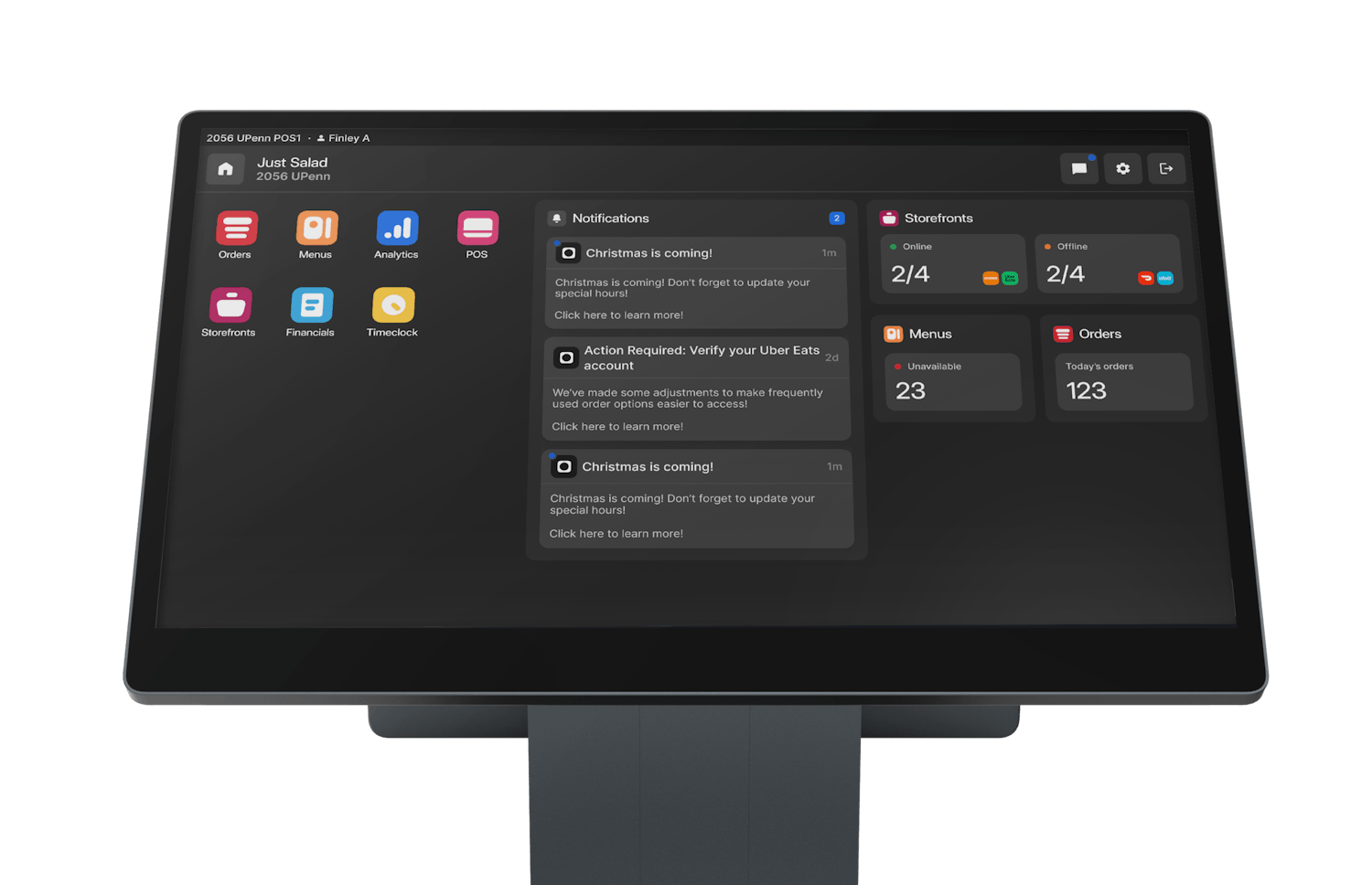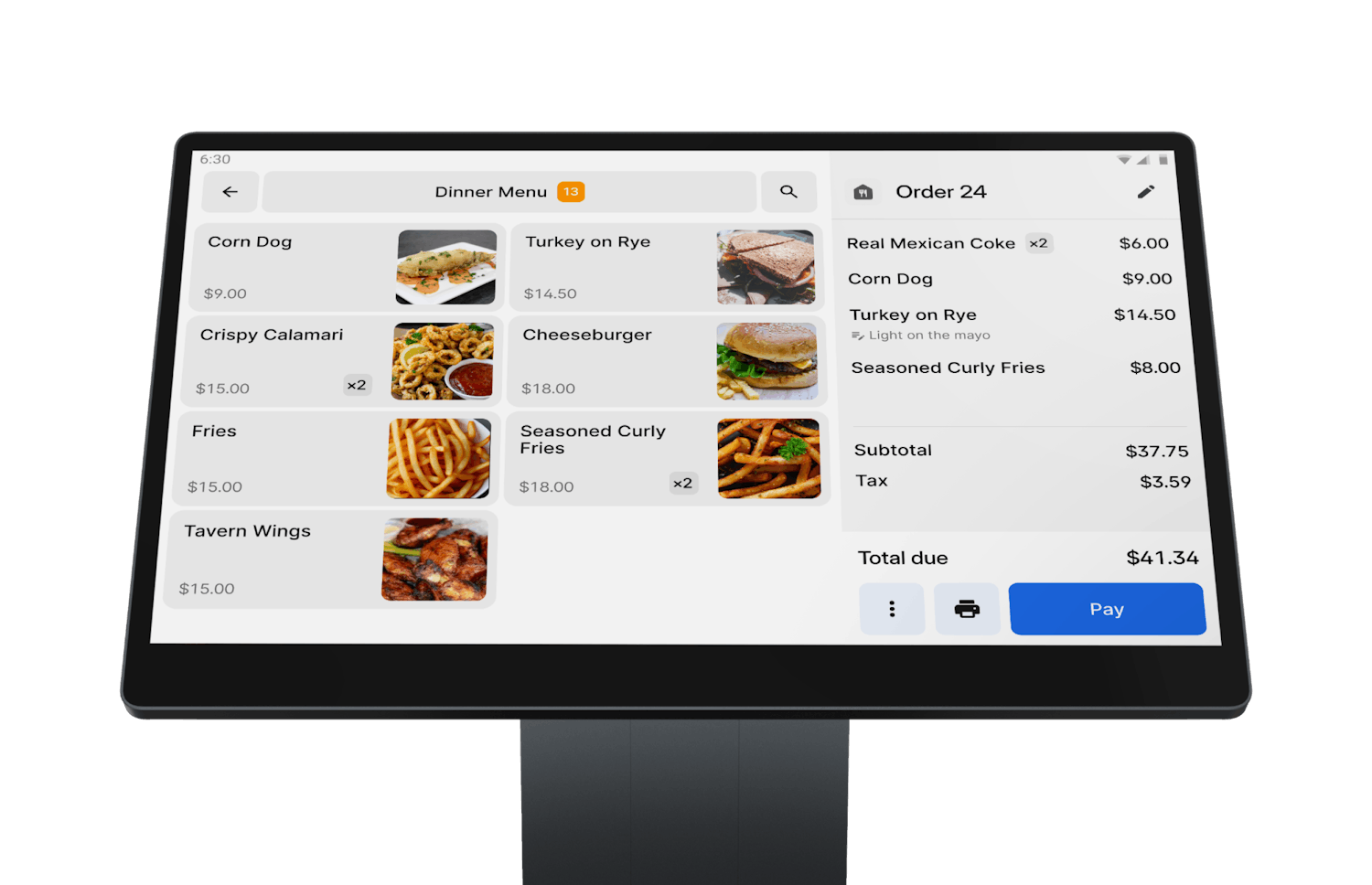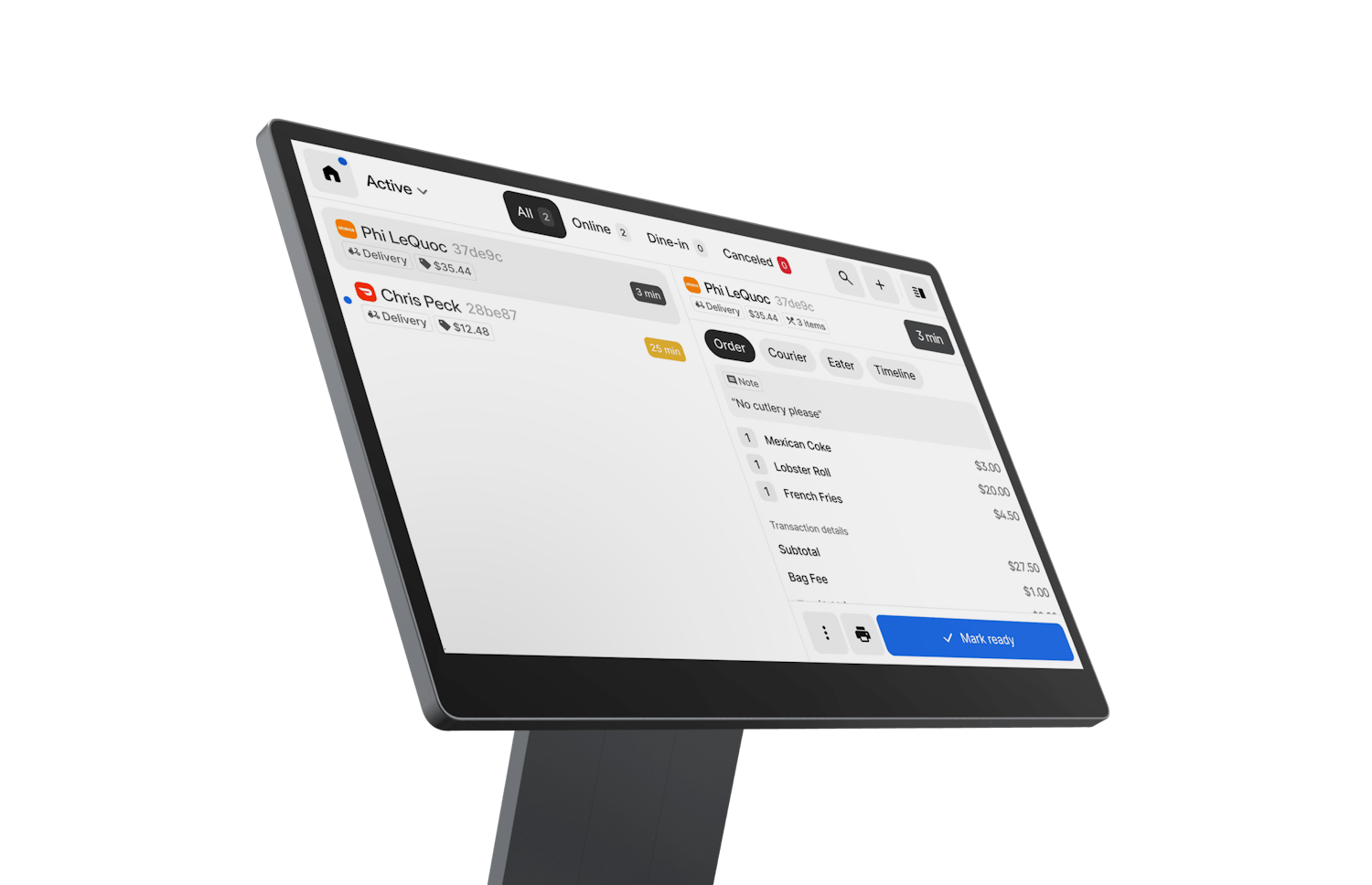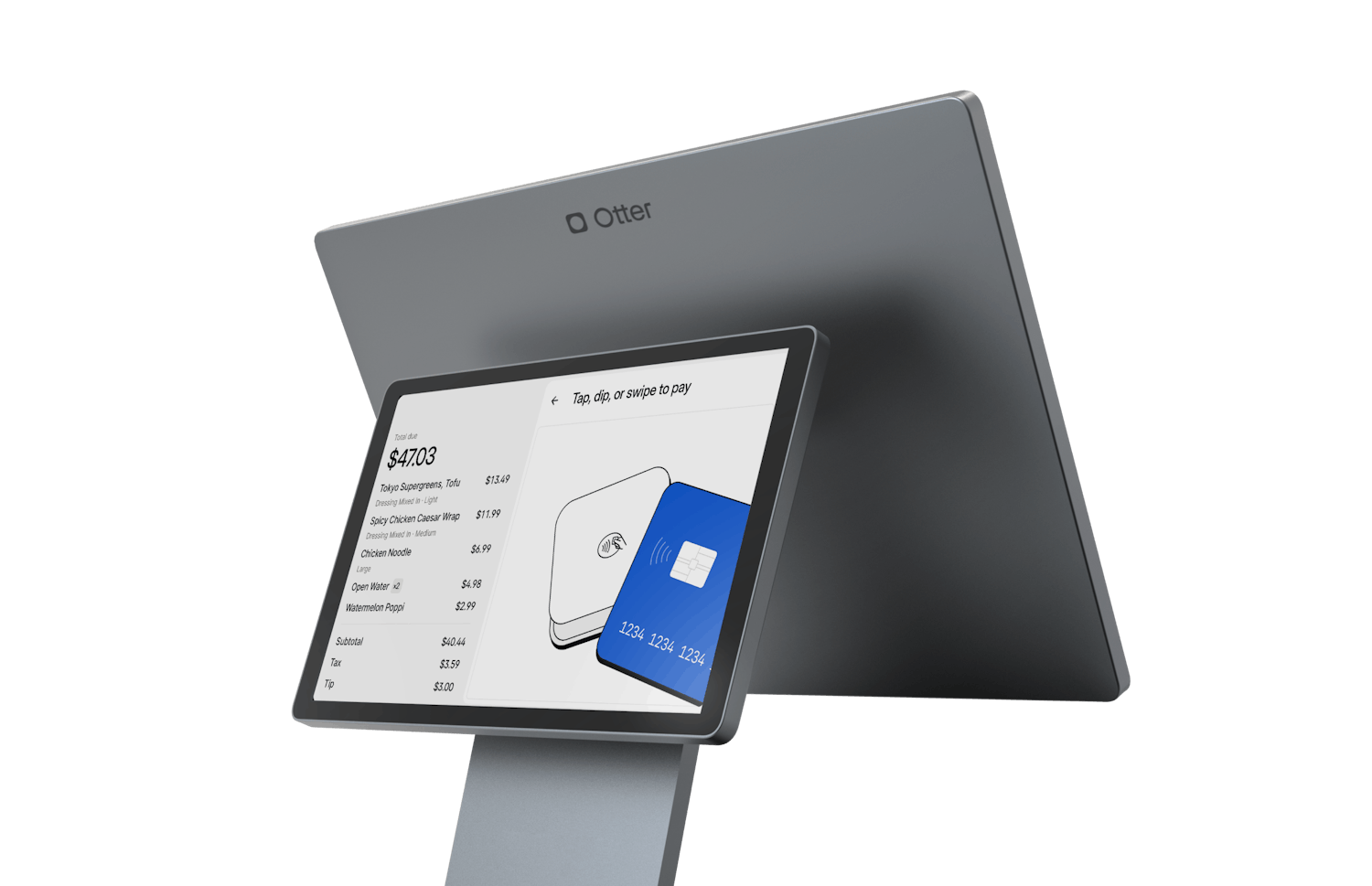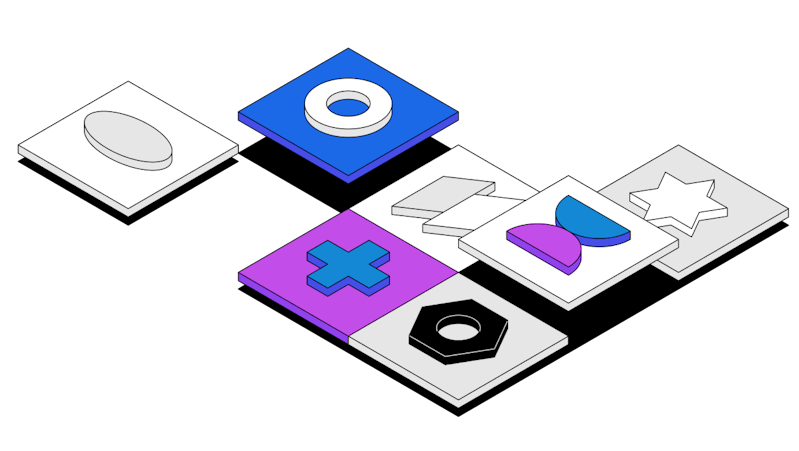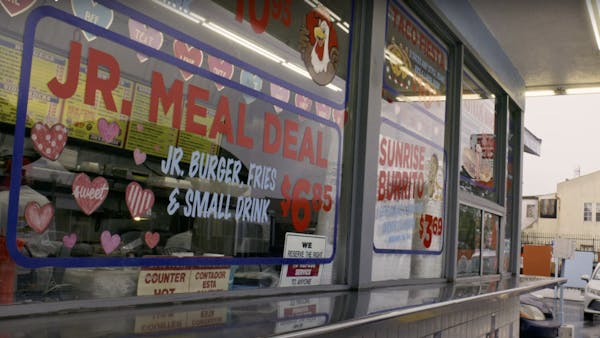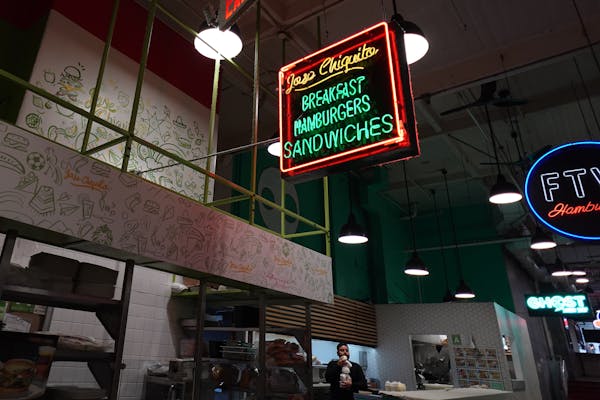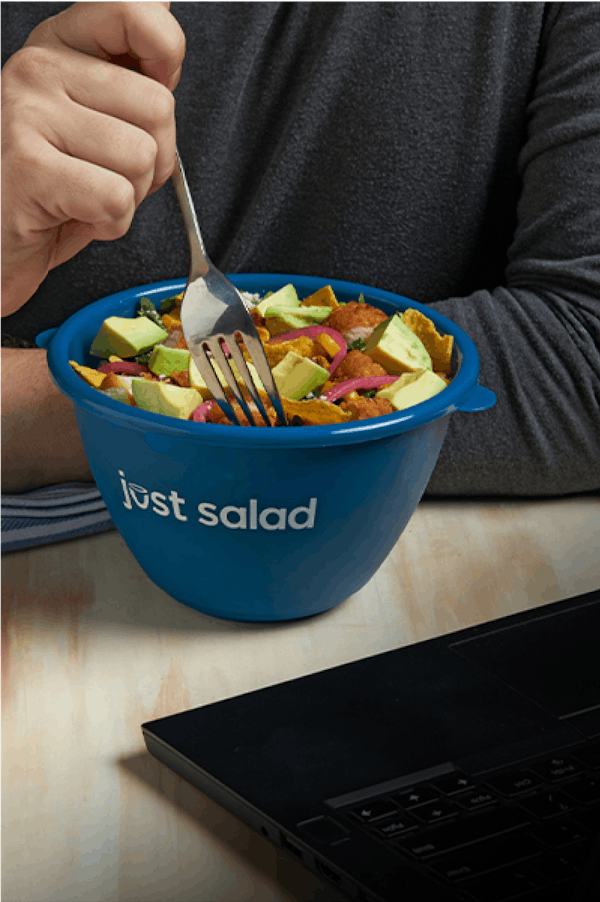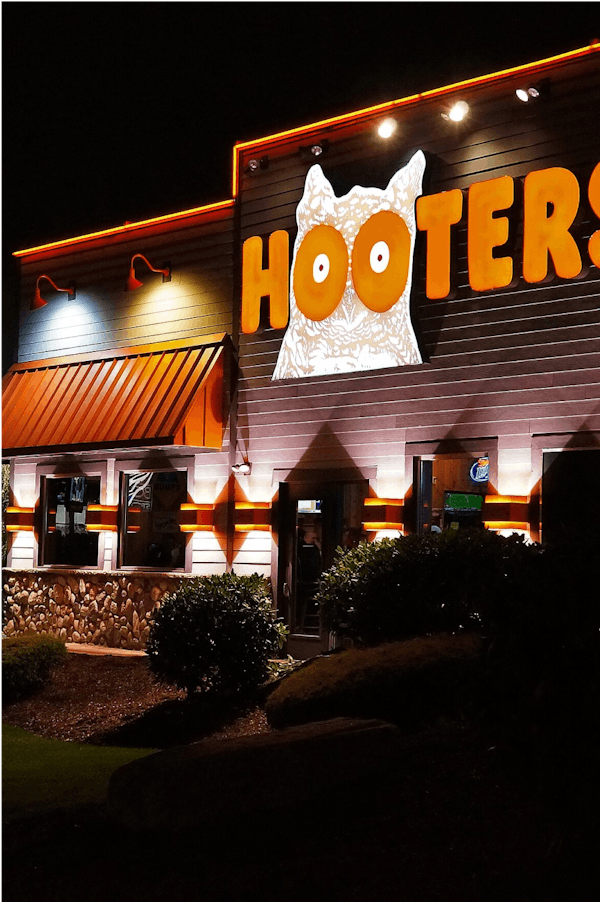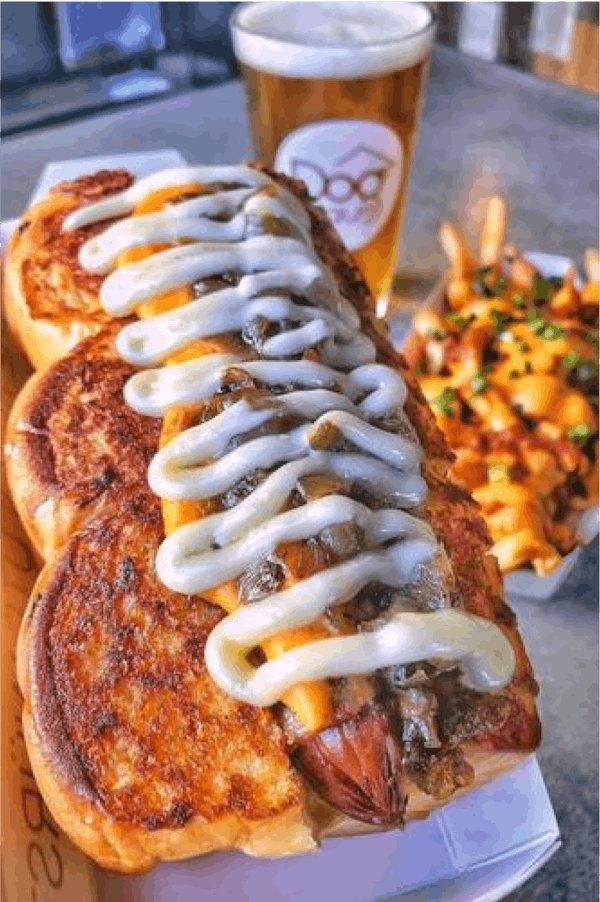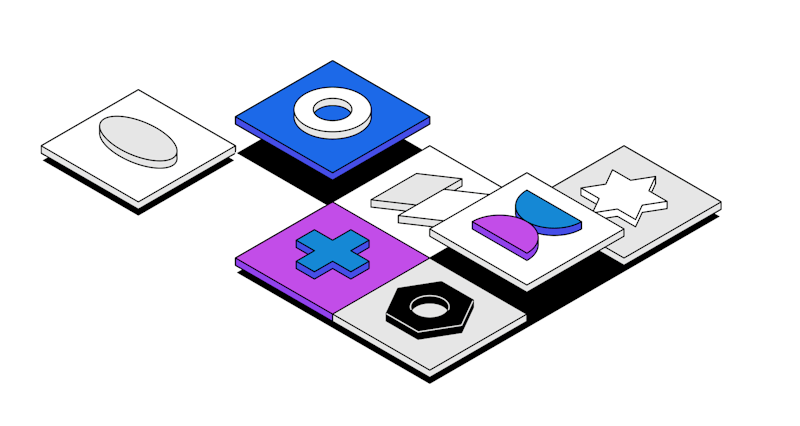All-in-one restaurant software with the POS built for the future
The Otter Restaurant Operating System (rOS) helps businesses make more money, delight guests, and navigate the ever-changing world of food.
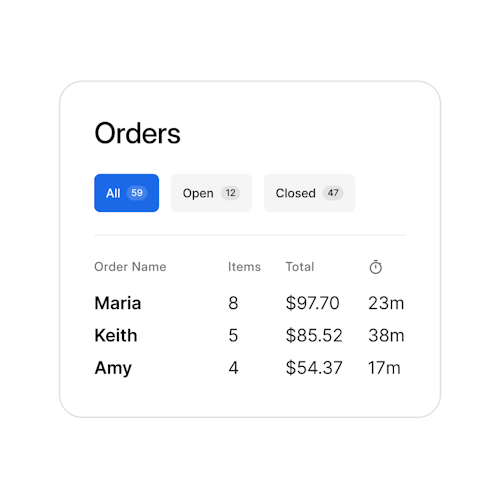
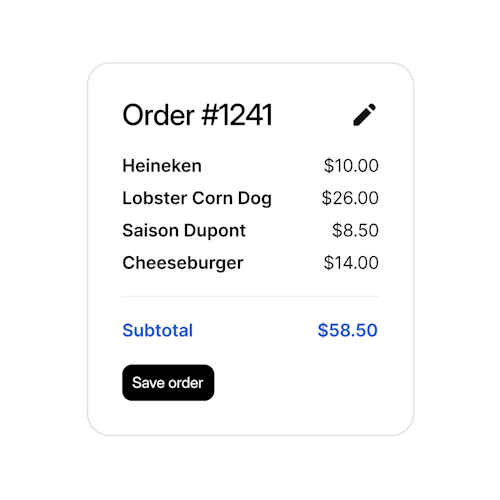
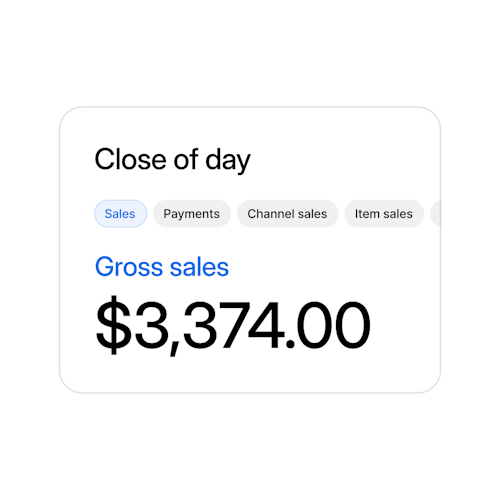
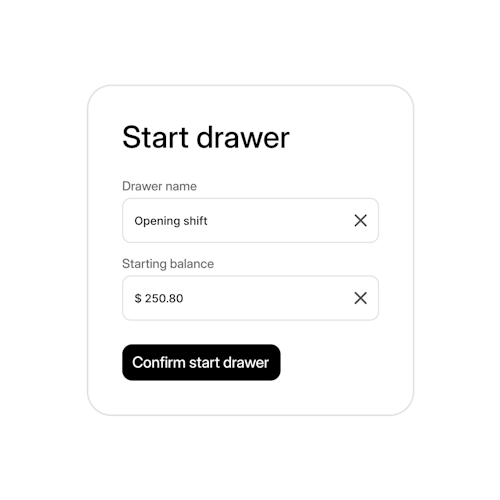
See how Otter works →
Serving smarter™
with Otter rOS
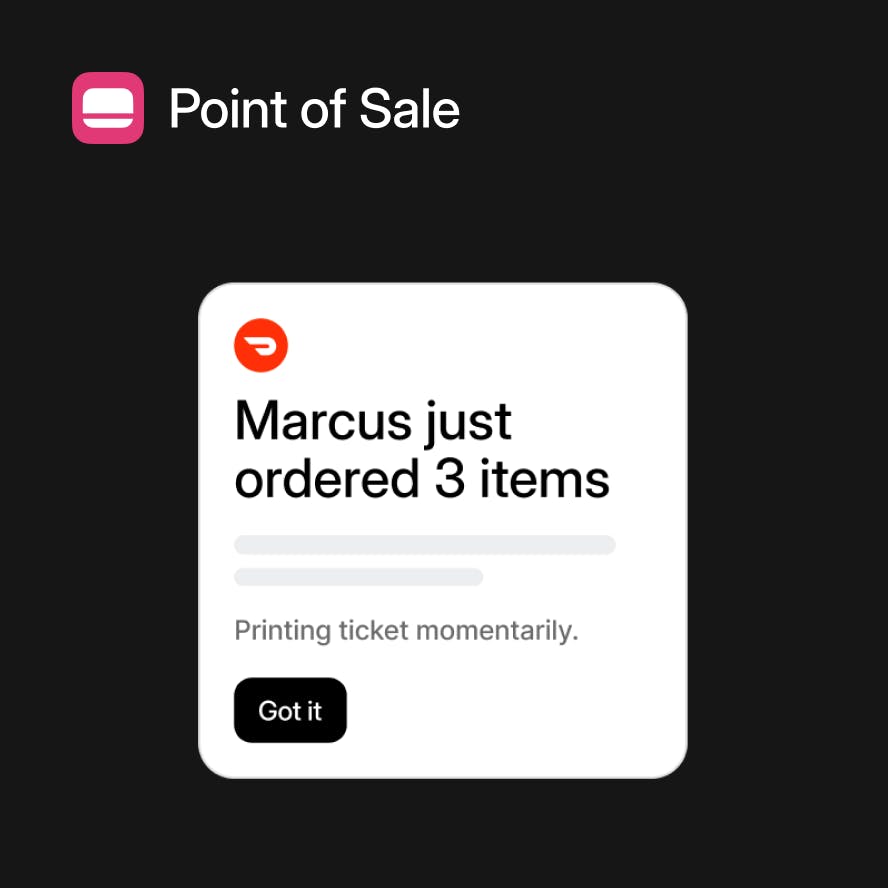
All your channels. One system.
Say goodbye to complex software and pricey hardware. From dine-in to delivery, Otter POS is your one-stop solution to handling every sale with precision.
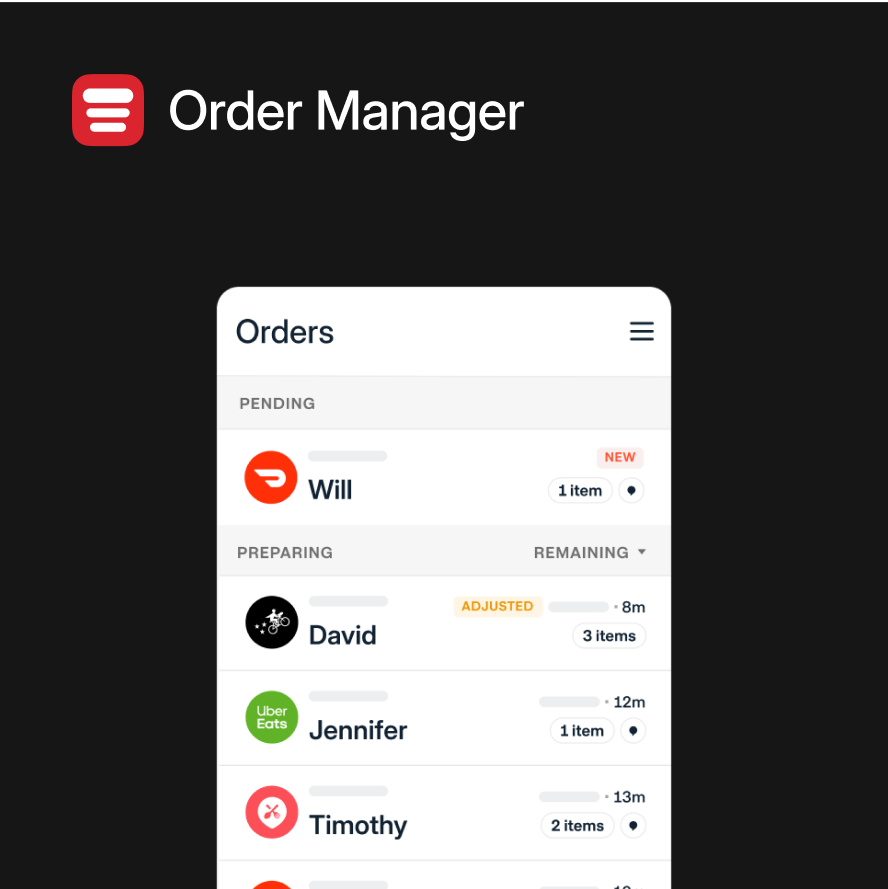
Get your orders in order.
Manage online orders across all delivery apps, adjust prep time on the fly, and enter manual orders into the queue—all from one place.
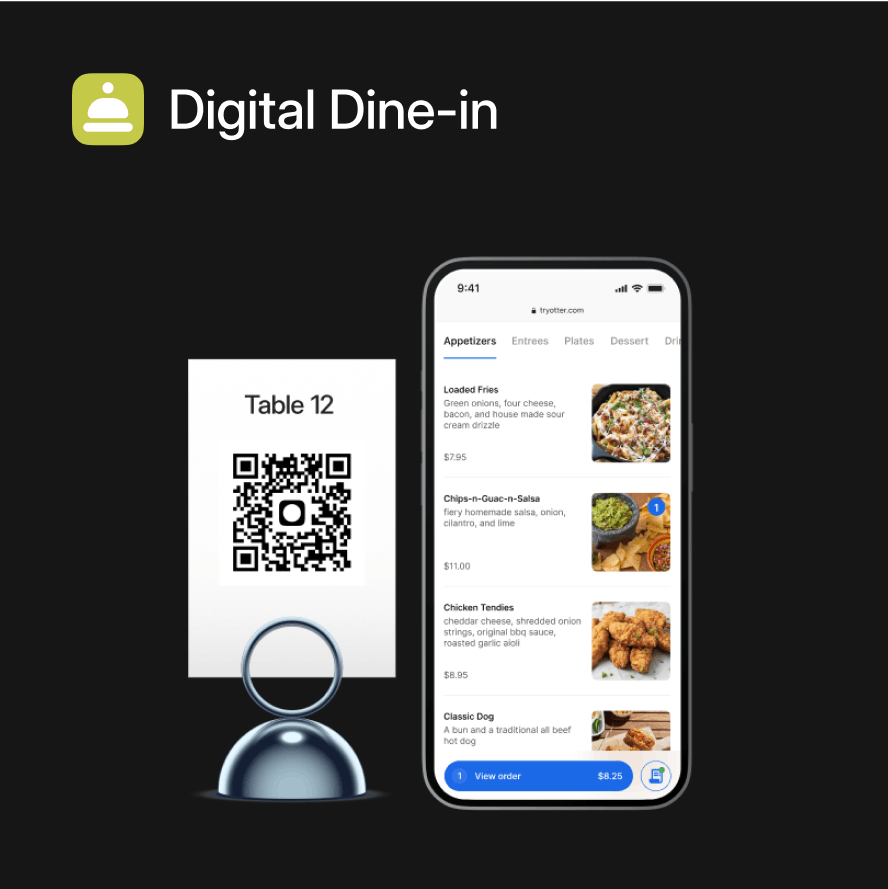
More table turnover. Less labor costs.
More than just a QR code. Digital Dine-In allows you to increase sales and efficiency while providing a great dine-in experience.
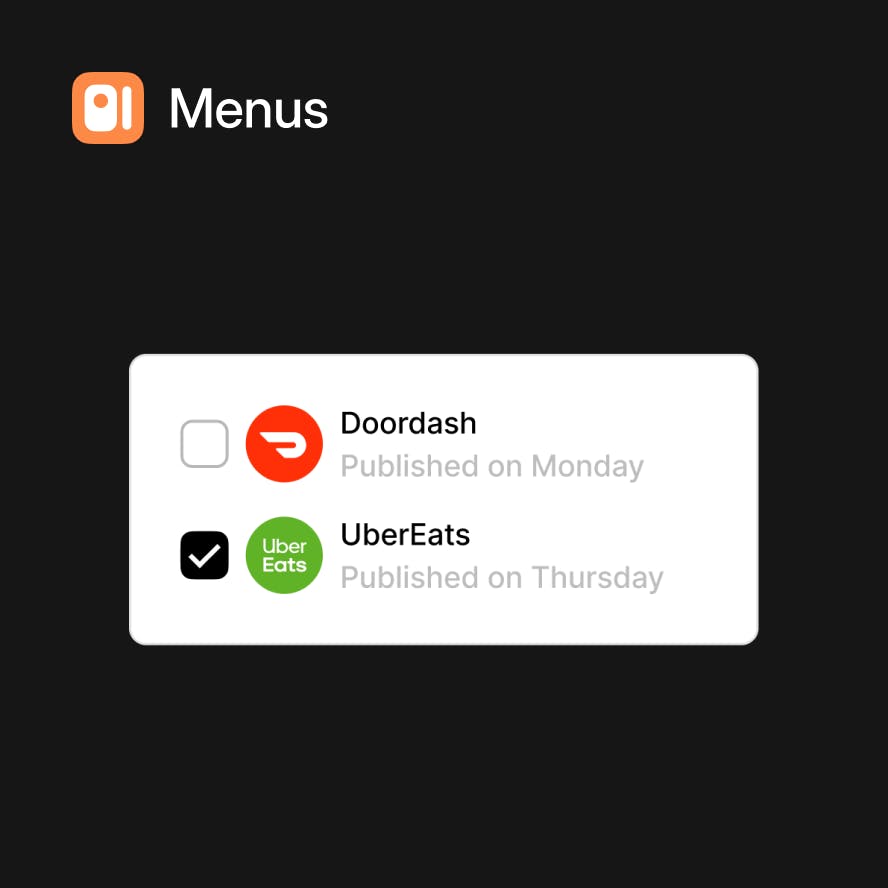
Simplify menu management.
Automatically sync your menus, manage them across locations, and mark items unavailable in real-time.
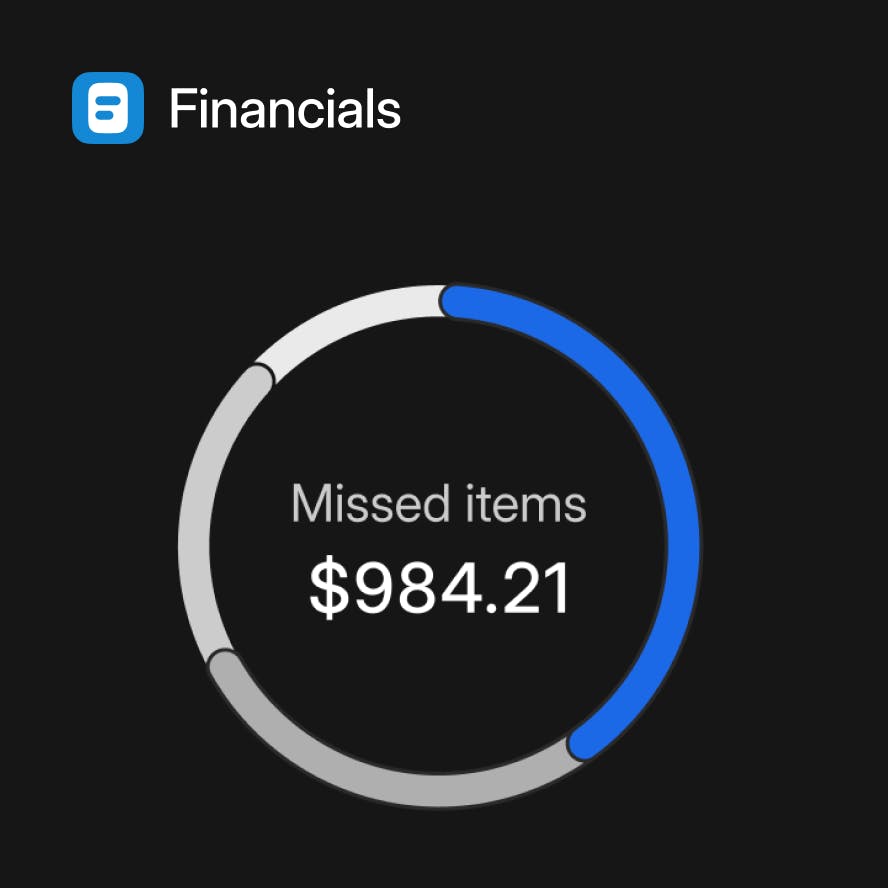
Know where your money is going.
Consolidate and break down delivery partner payouts. Ensure taxes tally per store. Easily download all financial data.
Restaurant tech is evolving.
Otter helps you keep up.
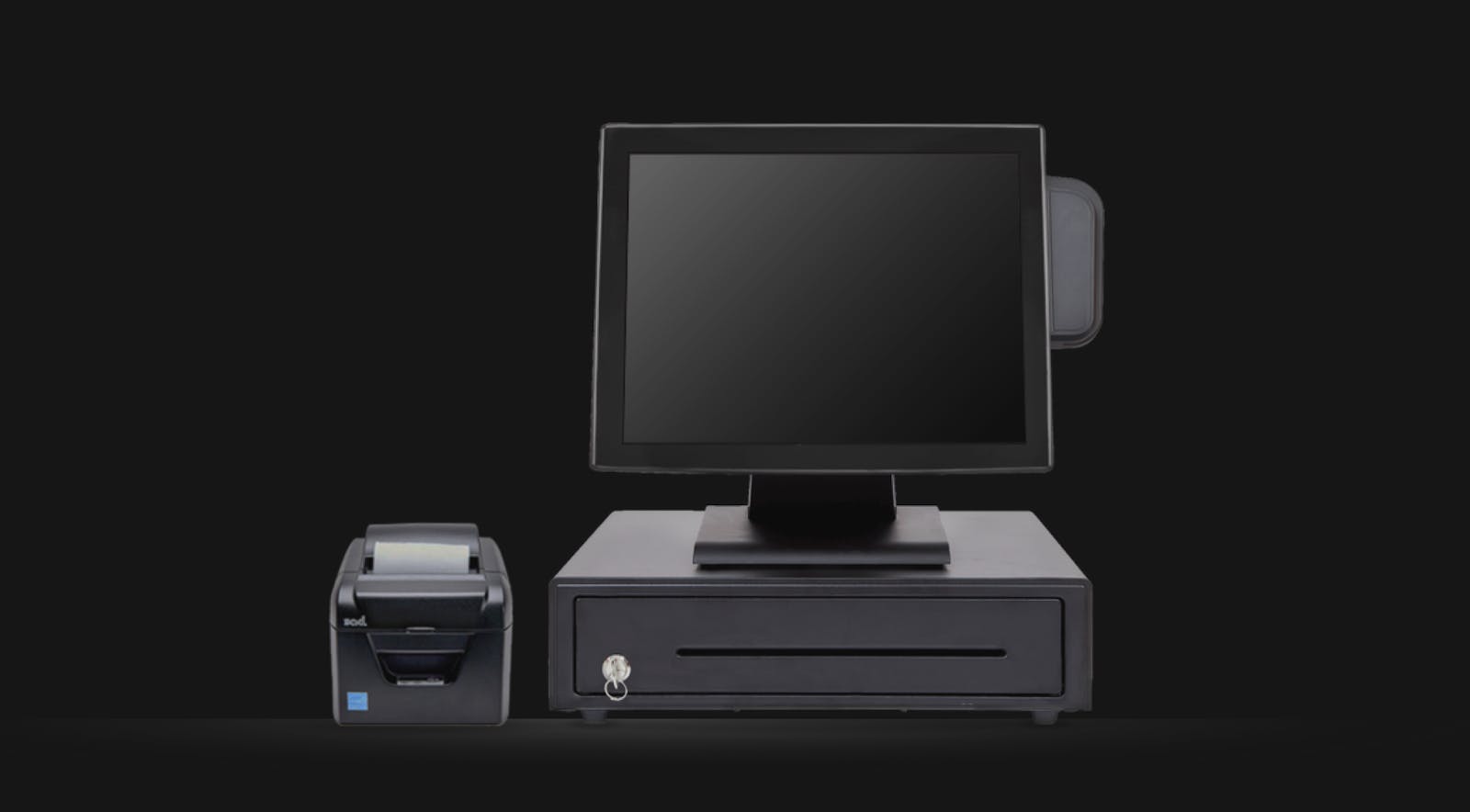
Restaurant management before Otter
- Out of sync menus
- Clunky, inconsistent integrations
- Lost sales
- Manual data aggregation and export
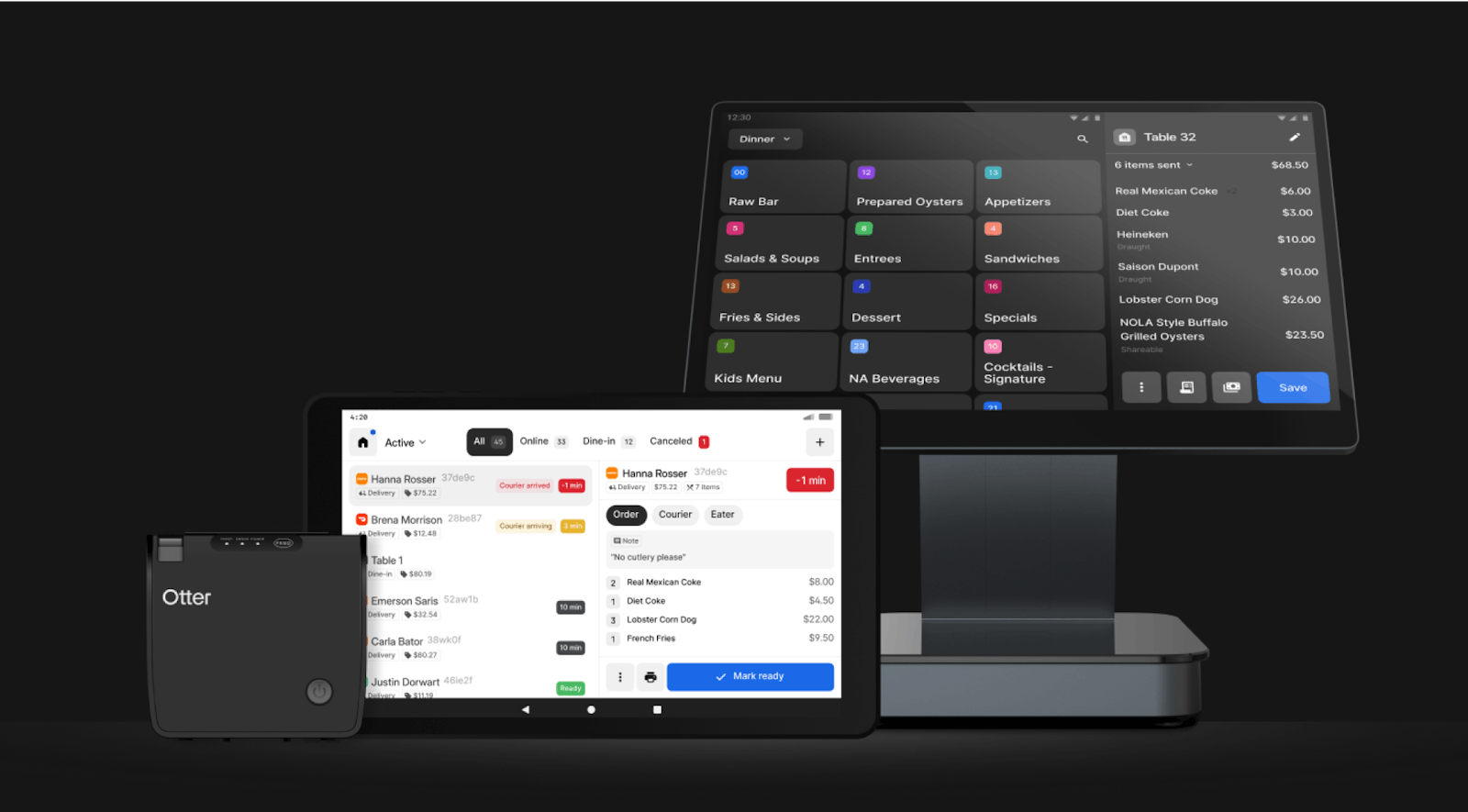
How Otter rOS can help
- All your menus in one place
- Seamless storefront connections
- Auto-accept orders
- Single, actionable source of truth for data
Is Otter right for me?
Otter’s Restaurant Operating System is built to help businesses of all shapes and sizes succeed.
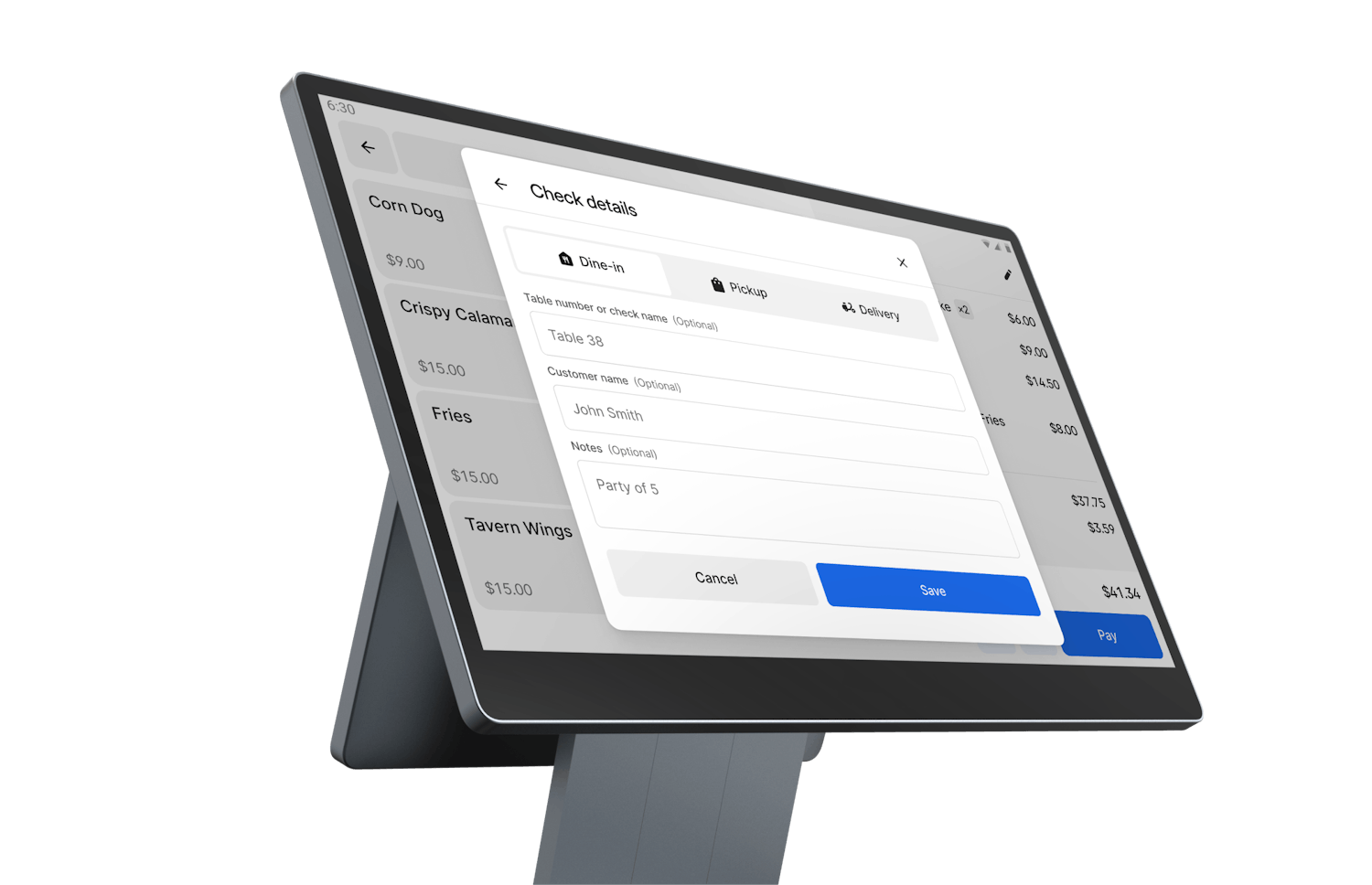
Full service tech for quick service restaurants
Otter helps QSRs manage their delivery, drive-thru and dine-in businesses from a single platform.
Check out the Otter solutions designed with QSRs in mind:
- Manage multi-channel orders from one place with Otter POS.
- See a holistic view of performance across platforms and locations with Analytics.
- Receive push notifications when a storefront is closed during opening hours and automatically reopen that storefront with Live Alerts.
Learn more →

